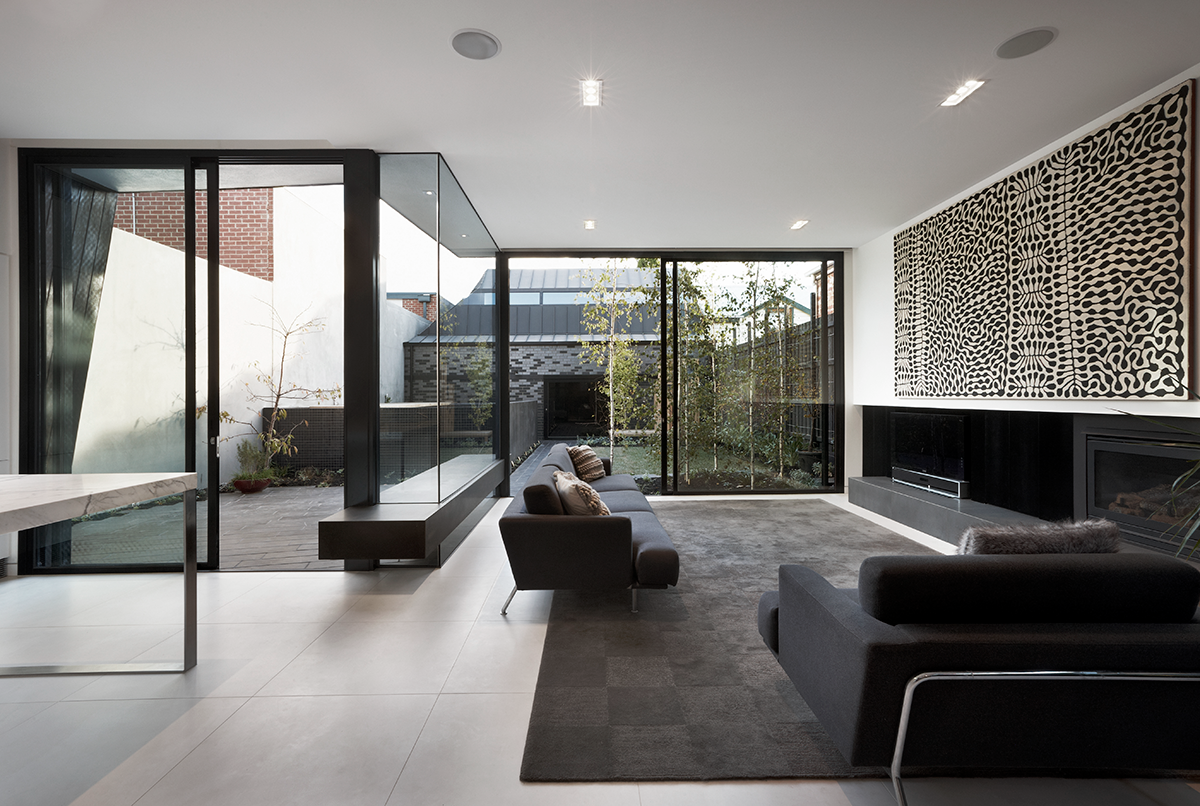
Building is not an exact science and there is no such thing as a perfect building. Throughout the building process and especially near the end of a project, there are dozens of different tradesmen carrying out numerous different jobs that all overlap each other.
So, even the most highly organized, quality focused award-winning builder is going to have some minor “building defects” when completing and handing over a new home.
The Australian Glossary of Building Terms defines a building defect as a “fault or deviation from the intended condition of a material, assembly or component”. To determine if a building defect exists, it is useful to ask, “has the builder or their contractor done something wrong?” and or “has there been a loss suffered by the client?”.
A building defect can also be a “latent defect” i.e. it could not be discovered or remained hidden for a period of time.
Your builder should have a well-structured system or procedure for completing and handing over your new home or renovation. This completion procedure should allow for the clients to carry out a thorough inspection of the property a week or so before the handover date, so they can take note of any building defects or uncompleted works. The builder then has several days to rectify any defects prior to the handover date.
It is important for the home owners to understand the different types of building defects and the influence that time has on the reporting of a building defect to the builder. Building defects can generally be classified as either minor defects or major defects.
Minor defects are usually cosmetic imperfections or faults and although they may be unsightly, they do not affect the livability of the home. Your building contract will have a “Building Defect Liability Period” nominated (usually 3, 6 or 12 months) during which period you can notify the builder of any building defect. Beyond the defects liability period, the builder is only liable for rectification of “major building defects”, which are structural defects, significant material faults or faults that affect the livability of the house.
These defects are such things as major cracks, roof leaks, electrical faults or plumbing faults. The building owner has up to 7 years under the “Home Building Warranty” to notify the builder of any major building defect and up to 10 years under Victorian Consumer Affairs law.
After the handover of a new home or renovation, I recommend that the clients live in the house for two to four weeks and during this period they write down and keep a list of any defects. Once they are confident they have picked up on all the defects, they should email the list to their builder.
The builder should then organize a specific day or number of days for all required tradesmen to rectify any defects. The owner and the builder should then inspect al the rectified items and check off the list to make sure all defects have been attended to.
It is very easy for a homeowner to be confused with what is a legitimate building defect and what is actually “building wear and tear” or a regular “building maintenance item”? Without going into detailed definitions or descriptions, I recommend using the “VBA Guide to Standards and Tolerances 2015” to determine if a fault is a legitimate building defect and therefore liable to be rectified by the builder.
At the handover of one of our new homes, we give the clients a copy of the Guide to Standards & Tolerances and we have a detailed discussion about building defects. This publication and procedure gives the clients peace of mind and has eliminated any confusion or disputes over building defects.
